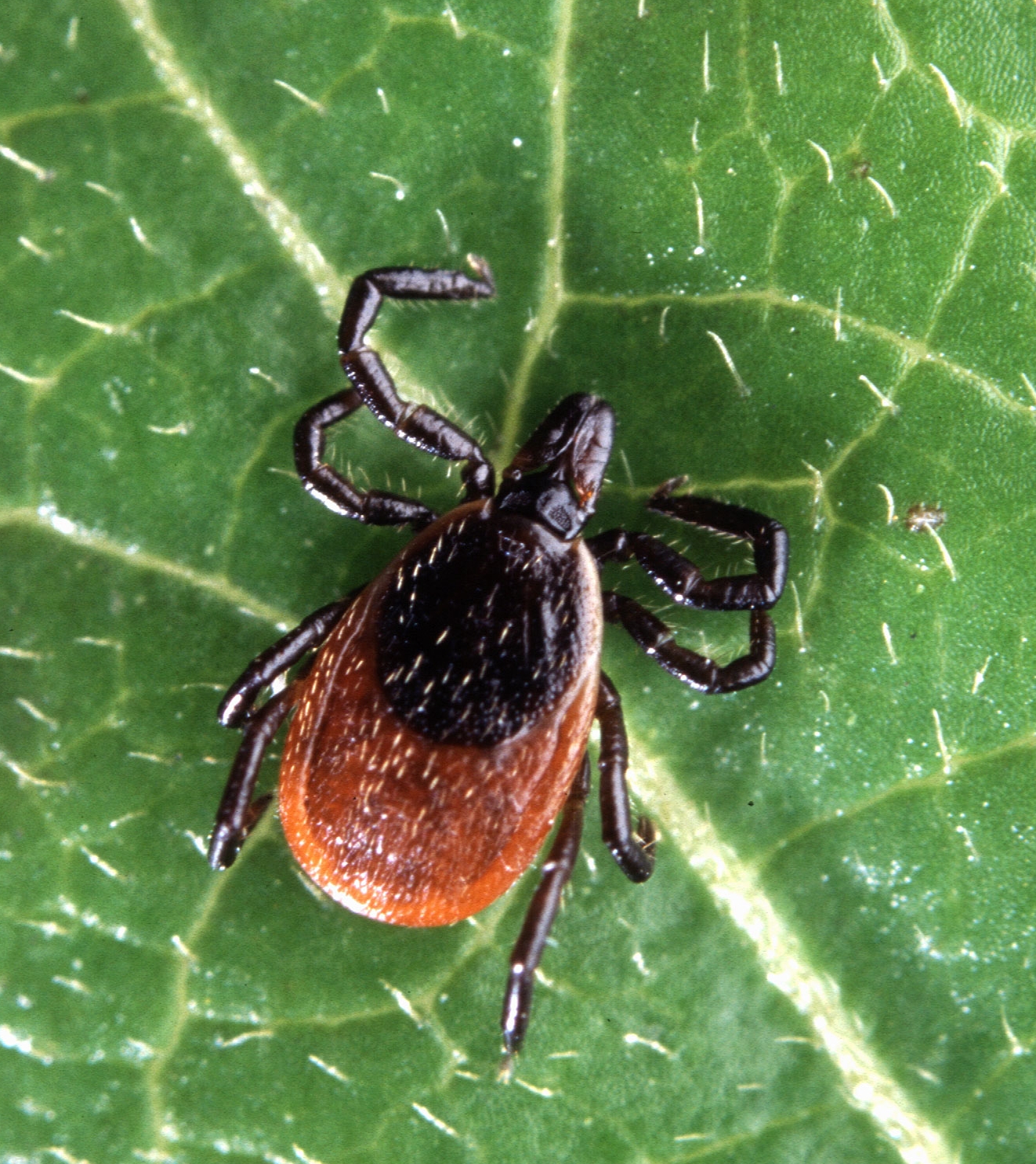Prime suspects in mystery fevers may hold new tick-borne diseases
 Suddenly your horse is sick and you don’t know why. She breathes normally but her temperature is rising, her eyes grow yellow with jaundice, she seems depressed, and barely eats. The fever is clear but the cause is not; even the most experienced experts can offer no concrete answers. Eventually the fever fades, but is that the end of whatever caused it or is the source still lurking somewhere inside?
Suddenly your horse is sick and you don’t know why. She breathes normally but her temperature is rising, her eyes grow yellow with jaundice, she seems depressed, and barely eats. The fever is clear but the cause is not; even the most experienced experts can offer no concrete answers. Eventually the fever fades, but is that the end of whatever caused it or is the source still lurking somewhere inside?
Horse owners across the states are facing this distressing scenario. At the Cornell University Animal Health Diagnostic Center (AHDC), Dr. Linda Mittel fields a growing number of calls about these mysterious fevers of unknown origins (FUOs). Many come from the Northeast, Mid-Atlantic, and Great Lakes areas: the nation’s topmost hotbeds of human tick-borne disease. This pattern led Mittel to suspect that the culprits of the fever caper could be ticks and the difficult-to-diagnose diseases they carry.
“Tick-borne diseases are some of the fastest growing emerging diseases in the United States right now,” said Mittel. “As ticks continue expanding their numbers and geographic range these diseases may affect new areas. We get calls about fevers at broodmare operations, showbarns, and farms where race horses rest or layup, even in areas where they didn’t know they had ticks. But horses moving between states can move ticks with them, and the effects of this movement are starting to show.”
Mittel and colleagues at the AHDC are embarking on a project to find just what diseases ticks in hotbed zones are carrying and whether they are behind the wash of mystery fevers in horses. The study will use samples from horses suffering FUOs to look for bacterial infections known to be transmitted by ticks (Anaplasma, Babesia, Borrelia, Ehrlichia, and Rickettsia) as well as other bacteria known to cause non-respiratory infection in horses (Leptospira, Bartonella, and Neorickettsia.)
 These agents are considered emerging infectious diseases in humans, and this will be the first study determining their presence in horses with FUOs. The study will also sample ticks found on or near horses in designated areas to find which pathogens they carry and to potentially discover previously undocumented tick-borne pathogens.
These agents are considered emerging infectious diseases in humans, and this will be the first study determining their presence in horses with FUOs. The study will also sample ticks found on or near horses in designated areas to find which pathogens they carry and to potentially discover previously undocumented tick-borne pathogens.
Many tick-borne diseases are sensitive to specific drugs; others are not sensitive to antibiotics at all. Knowing which diseases are at the root of FUOs will help veterinarians treat them effectively. It will also help owners understand how the causes of fevers might impact affected horses’ futures in racing, performance, or showmanship.
“I’m quite excited to start solving the mysteries of these fevers and to possibly uncover new previously unrecognized diseases – in horses and people,” said Mittel. “If these agents are in the horses, humans may also have them without realizing– people who work with these horses might be particularly at risk. Knowing what we’re dealing with here will hopefully solve the mystery of FUOs and help equine and human medicine recognize and address the growing onslaught of tick-borne disease.”
This research is funded by the Harry M. Zweig Memorial Fund for Equine Research.
—–
2 replies on “Ticks untold”
Bacterial infection can always be treated by taking some broad range antibiotics. But be careful with too much antibiotics since it can lead to bacterial resistance.
Bacterial infections can affect pregnant women from implantation of the fertilized ovum through the time of delivery and peripartum period. They may also affect the fetus and newborn. Many women with these infections are asymptomatic, necessitating both a high degree of clinical awareness and adequate screening.